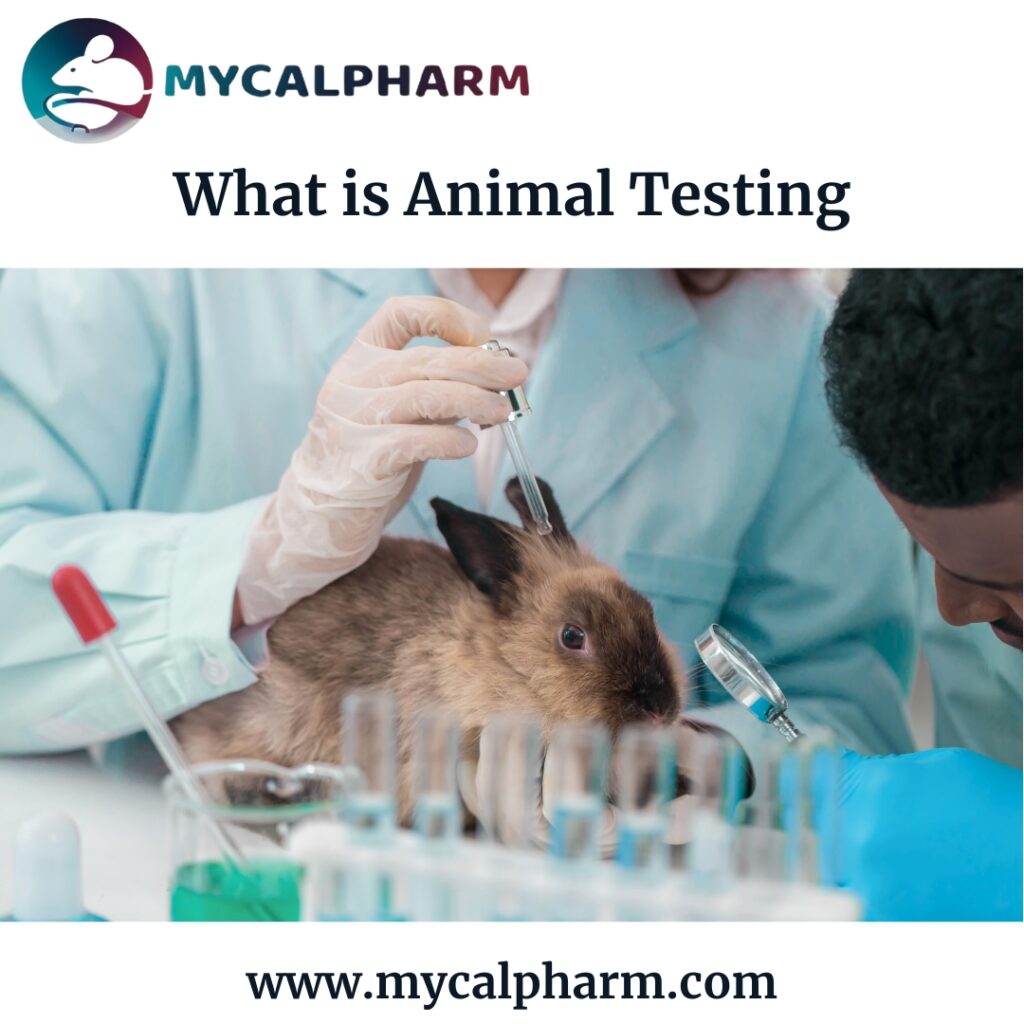
Understanding Animal Testing: Its Role, Ethical Concerns, and Alternatives
What is Animal testing| Animal Testing also called animal experimentation, refers to the practice of conducting scientific research and product testing using animals. This practice has remained an essential part of the development process for various medical procedures, pharmaceuticals, and consumer products. Though it has played a pivotal role in the domain of medicine, it is a contentious subject characterized by ethical debates about animal welfare and the applicability of findings on humans.
The Role of Animal Testing in Medical and Scientific
Research historically, the idea of animal testing has helped the scientific community to advance, especially in the fields of medicine and pharmacology. In this sense, it has helped to create vaccines, other life-saving drugs, as well as to learn about diseases. Being able to conduct certain well-controlled experiments on animals also means that it is possible to understand what the effects of new drugs, treatments or surgeries will be, before humans are actually testing the latter. For example, animal testing has helped develop vaccines that have saved the lives of millions of people around the globe, such as polio and tuberculosis.
Due to technological advancements, further knowledge about biological processes, the necessity of animal testing is being reconsidered. The testing of animals raises many ethical issues that scientists are trying to solve by finding an alternative.
Ethical Considerations and Criticism
One of the leading issues underpinning arguments against Animal testing is related to the ethical concerns of their use. Proponents of this view claim that experimenting on animals in research is a violation of their rights and results in unjustified suffering. A lot of animals used in laboratory research are subjected to stress, injury, and even death due to the conditions they are kept in. This makes the morality of using sentient beings as experimental instruments quite questionable.
Animal rights activists make another claim that as a result of profound differences among different species, the results obtained from animal models should not be too readily applied to humans. For example, if a drug is free from side effects in animals, it is possible that it can be harmful to humans, since the body structures and functioning of humans and animals are very different. This has led to calls for the adoption of more accurate methods of testing.
The Shift Towards Alternatives in Animal Testing
The growth of ethical concerns regarding animal testing has led to the development of a number of other methods. They include the use of computer models, organ-on-a-chip technology, and advanced cell culture techniques to study how chemicals and drugs interact with human tissue. These new approaches make it easier for scientists to examine interactions without using animals.
One of these advancements is MyCALPharm, a computer-assisted learning program that was designed for pharmacology students to simulate animal experiments. MyCALPharm gives students an interactive experience as they run the experiments. They can do this with the aid of moving images, which simulate the process of animal testing. The innovation offers a useful tool for students and scientists to learn and teach without needing to perform animal testing.
MyCALPharm’s library consists of 39 programs that encompass a large variety of pharmacological experiments. In this manner, MyCalPharm helps students gain insights into how pharmacological agents impact biological systems. Thus, this can be considered an instance of technology helping to diminish the necessity for animal experimentation while at the same time preserving the educational value of the same.
Regulatory Oversight and the 3Rs Principle
In response to the growing concerns that animal testing is undermining their well-being, many organizations and governments have put in place regulatory measures to reduce the practice. The 3R principle is considered a good guide to ethical animal testing. It argues that the test methods are improved to minimize animal suffering, that the number of animals is significantly reduced, and that animal testing is replaced with prevalent alternative methods as far as possible.
For instance, currently, certain medical research is required by law to first explore non-animal testing methods before involving animals. Therefore, the current trend in research is pushing for less dependence on animal experimentation than before. The increased development of alternative methods is due to this current trend.
The Future of Animal Testing
As technology and biology grow, the fate of animal experimentation seems likely to change in the future. Nevertheless, animal experimentation remains crucial in some respects. However, there are strong calls from scientists and ethicists to reduce it our of kindness and morality. The appearance of methods like MyCALPharm is aimed at addressing the ethical and environmental issues associated with animal testing.
Conclusion
In conclusion, while animal testing has a lot of advantages to medicine and science, its limitations and ethical issues cannot be disregarded. The advent of new technologies and tools that simulate animal experiments is hoped to lead to a future where animal testing is reduced, and new drugs are tested in a more accurate and ethical manner. The MyCALPharm platform is a great example of this, as it provides future scientists with practical tools and resources that can be used to conduct experiments without having to rely on traditional animal testing.
Ethical standards, technologies, and control systems can all be combined to avoid the use of animal testing and to be more successful in testing drugs and vaccines.






